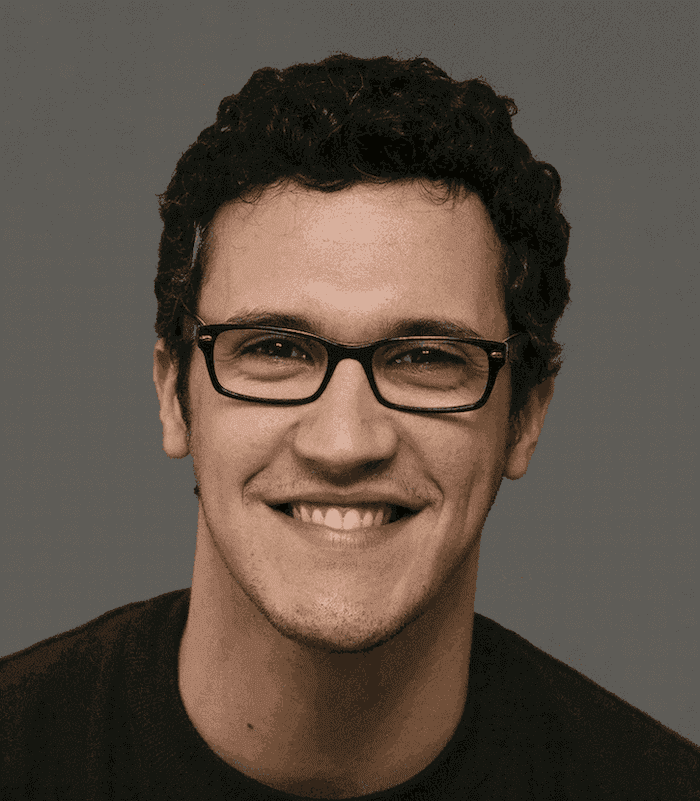Here’s Why You Should Stop Doing Science Like You Were Taught in High School (Part 1)
- Biological systems are impacted by a number of factors and their interactions
- At high school we were taught to simplify these systems and focus on the impact of a single factor on a system at a time, using the reductionist one-factor-at-a-time (OFAT) method
- Design of Experiments (DOE) is a statistical method that considers all factors and their interactions, expanding experimental design space and providing new insights
- However, DOE relies on lab automation which historically is not intuitive to many biologists and has a high barrier to entry
- But our software platform offers biologists a codeless, flexible, and user-friendly environment for designing, optimizing, and executing sophisticated DOE assays with no programming knowledge required
Biology is a science of complex systems, both on macro and micro levels. From a kinase protein to a coral reef ecosystem, biological systems are governed by an immense number of different components and the interactions between them. And yet, in biology labs, we often isolate different components and study their individual impact on a system, ignoring interactions between them and losing important information.
Design of Experiments (DOE) is a holistic and statistical approach to studying biological systems that take into account all components and their interactions. When considering biological assays, DOE can be used to better optimize and design them, enabling scientists to gain better, more reproducible, and more robust insights.
At Synthace, we have used DOEs to optimize several assays, and the results of these studies are available here and here.
However, performing sophisticated DOEs requires lots of pipetting. Although small DOEs can be performed manually, beyond a certain level of sophistication a liquid handling robot is needed. This creates the problem of programming a robot to perform your liquid handling steps, which may not always be intuitive to biologists without a programming background.
To solve this problem and to enable scientists to easily perform sophisticated DOEs without the need for prior programming knowledge, we developed our cloud-based, user-friendly software platform.
The Synthace platform leverages the power of lab automation to execute sophisticated DOE (multifactorial) optimizations of buffers for construct assembly assays. To find out more, please visit www.synthace.com/platform
Other posts you might be interested in
View All PostsHere’s Why You Should Stop Doing Science Like You Were Taught in High School: Part 3

Here’s Why You Should Stop Doing Science Like You Were Taught in High School: Part 2

DOE without the math: Synthace calculates stock solutions for you

